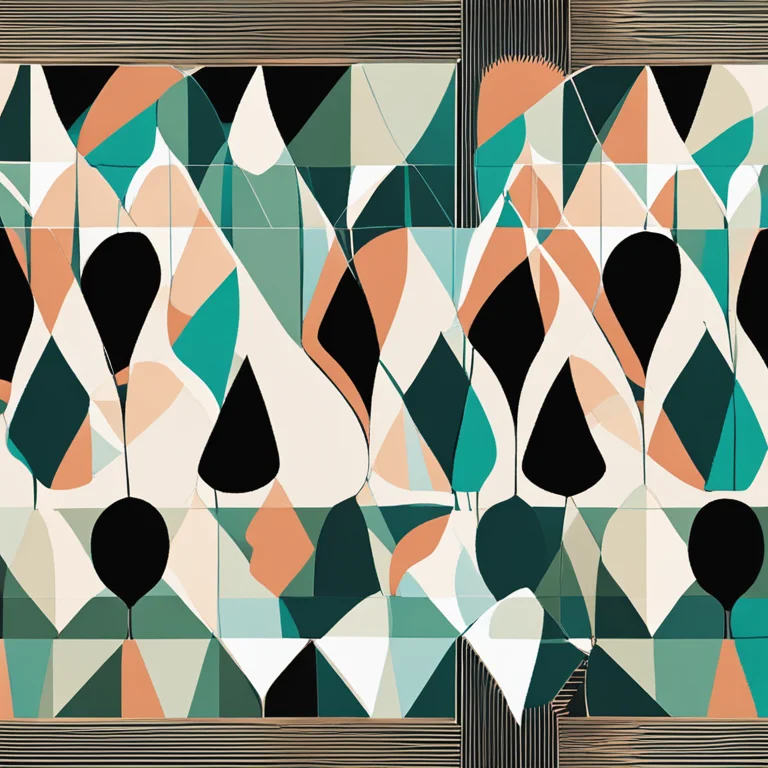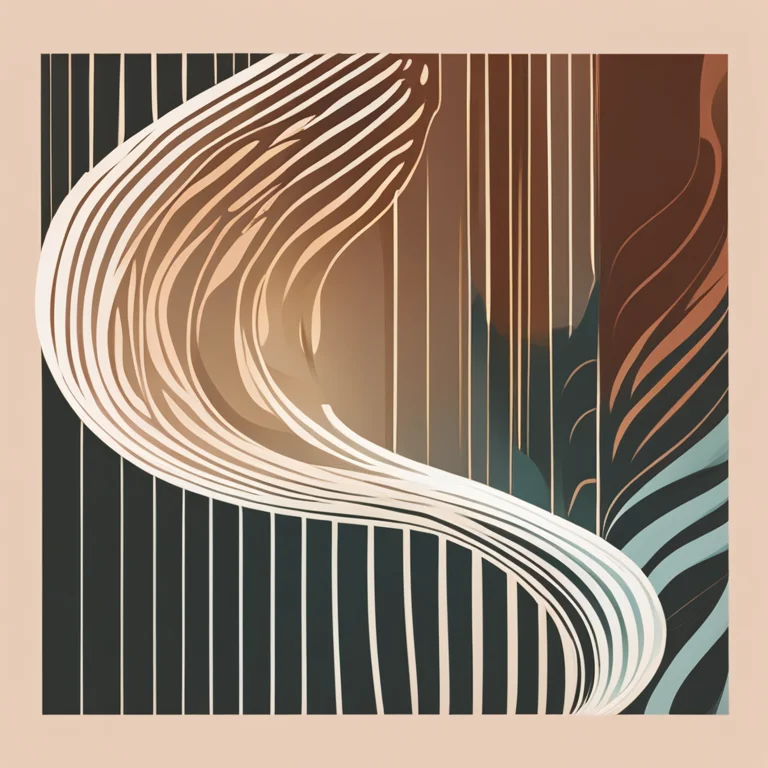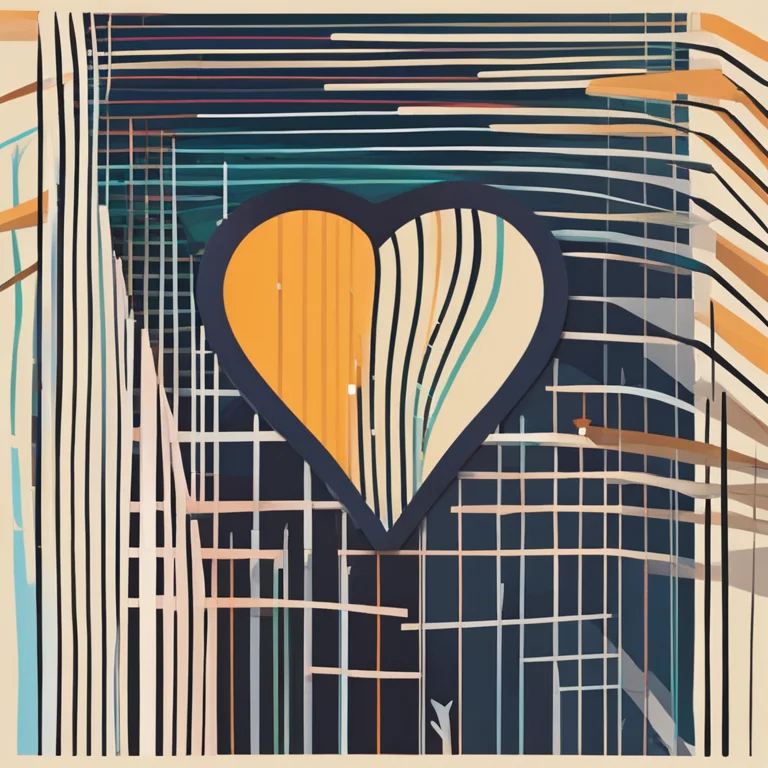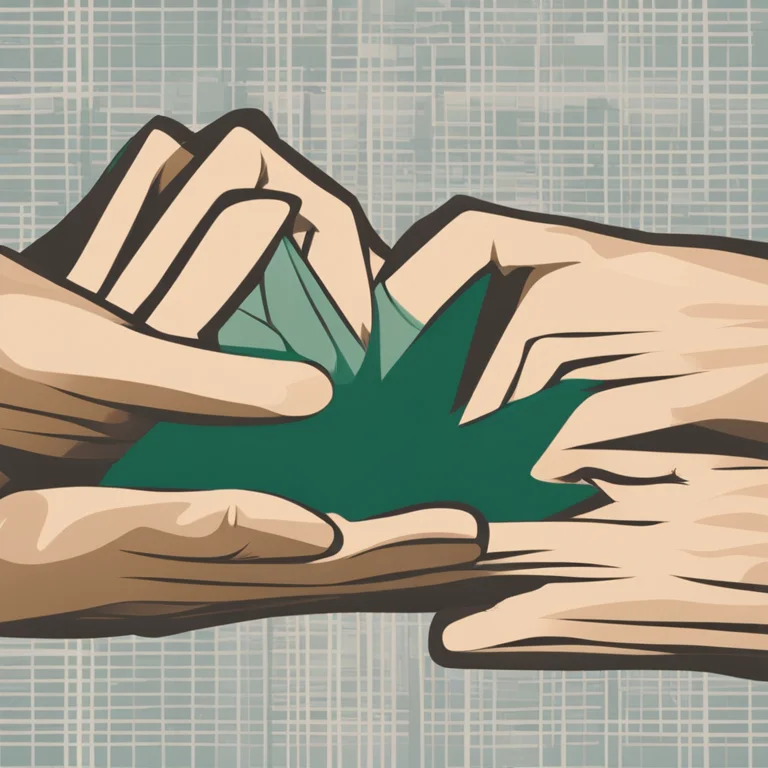
The Formation of Palm Lines: Intricacies Revealed
Delve into the fascinating process of how palm lines are formed, their significance, and the role they play in the ancient practice of palmistry.
article by Nora Pennington
The Science Behind Palm Lines
Palm lines, also known as palmar flexion creases, are a curious aspect of human anatomy that have fascinated people for centuries. They form in the womb, around the 12th week of pregnancy, as the fetus begins to move and the hand starts developing its shape. These lines are created as the baby's hands clench and unclench, promoting flexibility and aiding the hand's grasping ability. As each person's movements are unique, so too are the resulting palm lines, contributing to the distinctive patterns seen on each hand. Scientifically, these creases help distribute the stress caused by the frequent folding of our hands throughout our lives.

Genetic and Environmental Influences
While the exact pattern of an individual's palm lines is not wholly understood, it is recognized that genetics plays a significant role in their formation. Additionally, environmental factors in the womb, such as the amniotic fluid's composition, can influence how these lines develop. Interestingly, identical twins, who share the same genetic make-up, may have similar palm lines, but these are never exactly the same due to minute differences in their experiences and movements within the womb.

The Role of Palm Lines in Palmistry
In palmistry, these lines are given various interpretations and are believed to convey insights into an individual's character, potential life path, and fate. The three major lines typically analyzed are the heart line, the head line, and the life line, with numerous smaller lines also holding meaning for the practiced palmist. However, despite the cultural significance of these interpretations, there remains no scientific evidence to support that palm lines have any correlation with a person's personality or future.

Medical Perspectives on Palm Lines
From a medical standpoint, palm lines can sometimes reveal certain congenital conditions. For instance, the presence of a single palmar crease—known medically as a simian line—could be associated with genetic abnormalities such as Down syndrome. However, it is also found in a small percentage of the general population without any associated condition. As such, medical professionals are careful not to draw conclusions based solely on the appearance of palm lines.

Technological Advances and Palm Lines
With advancements in technology, our understanding of palm lines has grown. High-resolution imaging and new fields such as dermatoglyphics—the study of the pattern of ridges on the fingerprints and palms—have allowed for a more detailed exploration of these creases. In forensic science, personal identification can be performed using palm prints, which, like fingerprints, are unique to each individual. Furthermore, the development of biometric security has seen palm-print recognition being utilized in various security systems.
Shifting Views on Palmistry
The digital age has sparked renewed interest in palmistry, with apps and websites offering personalized palm readings based on uploaded photos. As we move further into 2024 and beyond, the intersection of tech and spirituality seems to blend ancient practices like palmistry with modern day-to-day life; prompting a re-evaluation of how society perceives these ancient arts. Whether for entertainment or personal enlightenment, the intrigue surrounding palm lines continues to thrive in the digital era.
Published: 1/10/2024
Modified: 1/10/2024
More predictions
Come back here soon to learn more about yourself and your future


The Basics of Palmistry: Learn to Read Palms
Master palmistry basics with this guide on how to interpret lines and shapes on the palm for insights into personality and destiny.


Palm Reading Guide: Basics and Insights
Delve into the art of palmistry with this essential guide to reading palms, revealing secrets to personality and destiny through the lines on your hand.


The Mysterious World of Hand Analysis
Delve into the mysteries of hand analysis and discover what your palms can reveal about your personality and future.